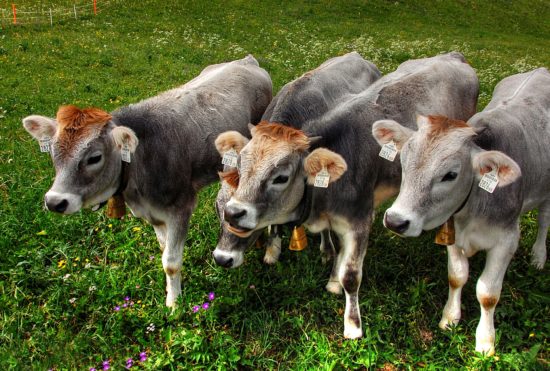Antibiotic Stewardship: Can It Really Save Your Dairy Money?
The development of antibiotic resistant bacteria is a continuing concern in both human and animal health. In response, human medicine has implemented widespread antibiotic stewardship policies, which aim to optimize antibiotic use to preserve the effectiveness of these invaluable medications. As these policies have changed the face of human medicine, concern has developed among consumers, regulatory agencies, and within the livestock industry itself about antibiotic use in animal agriculture.
On dairy operations, the greatest use of antibiotics is in the treatment of mastitis; however, a large population of antibiotic resistant bacteria that could impact human health are found in pre-weaning calves. Several studies have demonstrated a greater prevalence of resistant Salmonellaand E. coli in pre-weaning calves, as compared to older animals (Ray et al., 2007; Edrington et al., 2008; Awosile et al., 2018). While the reasons behind the increased risk of antibiotic resistant bacteria in young calves are not well understood, antibiotic stewardship programs focused on the dairy calf could help to reduce this source of resistant bacteria on dairies. Stewardship programs revolve around the concept of judicious use of antibiotics, which encompasses properly utilizing antibiotics, along with reducing the use of antibiotics. Often, dairy producers become concerned by the notion of reducing antibiotic use through the implementation of regulations or restrictions (Habing et al., 2016). But, a workable and rewarding way to reduce antibiotic use is to reduce the need for antibiotics through improved animal health.
Poor colostrum quality and/or inadequate intake results in failure of passive transfer (FPT), leaving calves with low immunoglobulin levels in the serum and little protection from disease. A recent French meta-analysis estimated the overall cost of a case of FPT to be $69.11 (based on € conversion; Raboisson et al., 2016). The financial losses of FPT in this study were due to calf mortality ($10.86), bovine respiratory disease ($10.86), calf diarrhea ($9.95), and decreased daily weight gain ($37.44; Raboisson et al., 2016). Although these numbers were calculated using French market data and may not accurately estimate the costs in the US market, they do clearly demonstrate that FPT is expensive.
Source: Dairy Business
Effective Surveillance Healthy Animals


